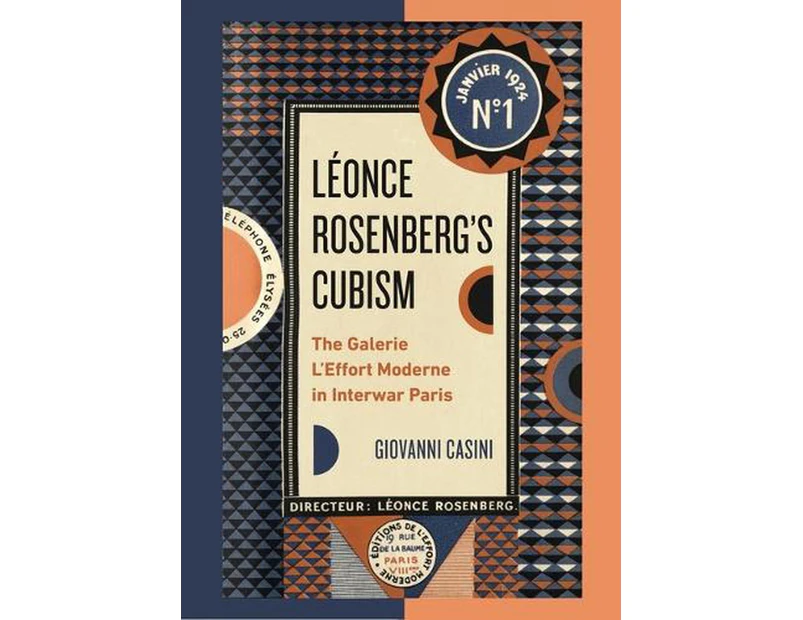Lonce Rosenbergs Cubism

The history of modernism has generally been written as a story of artists and their creations alongside the collectors, gallerists, and curators who supported them. This is especially true of Cubism, where the received narrative centers on a tightly circumscribed group of artists and agents connected to the dealer Daniel-Henry Kahnweiler. *Léonce Rosenberg’s Cubism* shakes up the canon, revealing its artificial nature and pointing to a different, more inclusive understanding of the development of Cubism.
Kahnweiler’s Cubism was narrowly focused. In contrast, Giovanni Casini shows us, the influential art dealer Léonce Rosenberg bought virtually any piece that could be labeled “Cubist” and proposed a radically different understanding of the movement. At Rosenberg’s Galerie L’Effort Moderne in Paris, artists such as Joseph Csáky, Auguste Herbin, Jean Metzinger, Diego Rivera, Gino Severini, and Georges Valmier were accorded the same treatment as Pablo Picasso or Georges Braque. In this book, Casini considers Rosenberg’s contribution to the history of Cubism, reflecting on the ways in which artistic movements are manufactured—and interpretive paradigms adopted.
Deftly weaving biography with a scholarly analysis built on extensive archival research, *Léonce Rosenberg’s Cubism* is a fresh look at the history of interwar modernism and the definitive study of a figure who has been unjustly sidelined in the history of art. It will be compulsory reading for scholars of Cubism and Modernism.
